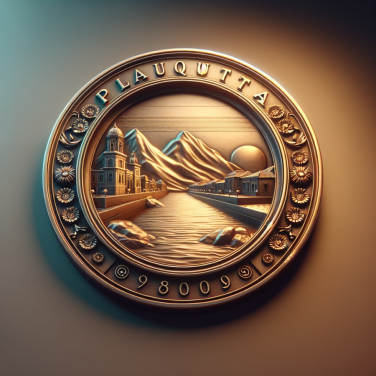Tracing Back to Ancient Times: The Earliest Forms of Soccer
Soccer, often referred to as "the beautiful game," is undoubtedly one of the most coveted sports globally, with millions of fans passionately following its play. However, have you ever wondered who invented the game of soccer and how it has evolved over the centuries? Let's do a deep dive into its rich history and uncover its roots.
While the modern game of soccer that we understand today 'Association Football,' has its birthplace in England, the concept of kicking a ball for sport stretches back thousands of years. There are claims from many cultures worldwide that they played the oldest version of the sport, making its origins quite complex.
Centuries ago, in Ancient China, during the Han Dynasty, a game called Cuju or "kick ball" was typically played. This game involved kicking a leather ball filled with feathers into a net fixed onto long bamboo canes. They played it not only for entertainment but also to keep their military men physically fit. The Chinese even designed specialized shoes for this game that were made with leather strips stitched together, quite similar to the cleats we see today.
Moving westward, we see forms of soccer in Ancient Greece as well. They played a game named "Episkyros," where players would attempt to throw a ball over a scrimmage while preventing the opponents from doing the same. This game was considerably more physical than its Chinese counterpart, resembling a blend of football and wrestling.
The Romans developed a more violent and bloody iteration of soccer. The game, known as "Harpastum," was played with a smaller ball with teams of 30 players on a rectangular field marked by boundary lines. The objective was pretty simple - to get the ball across the opponent's boundary lines, with the opposition attempting to prevent this. The game was a combination of soccer, wrestling, and rugby and was mostly famous among the Roman army.
During Medieval Times in Britain, a rudimentary form of soccer known as Mob Football emerged. This game had very few rules and was quite chaotic. It involved an unlimited number of players, and the game often resulted in injury or even death. It was played not on a field, but between neighboring towns and villages, with goals several miles apart.
Despite its violent origins, the modern game of soccer gradually evolved over time. In the 19th century, it was codified in England. This is where we see the formation of today's soccer with structured rules, a regulated field of play, and formal clubs competing against one another.
Read also:
Maximizing Athletic Performance: The Essential Guide to Sports Nutrition
The Evolution of Modern Soccer: Key Figures and Events in Its Inception
The sport known as soccer in North America and football elsewhere has a rich and varied history. This global sport, loved by millions, has evolved significantly from its early origins to the modern game we see today. Several key figures and events have been instrumental in the evolution of soccer, shaping its rules, techniques, and global reach.
Whether in ancient civilizations, medieval Europe or modern times, ball games have always been a part of human culture. Formally, the rules developed in the mid-19th century in Britain can be deemed as the inception of the contemporary game. A key figure in the early development of the sport is Ebenezer Cobb Morley. Morley is often referred to as the "father of football" - he drafted the first standardized rules of the game in 1863, which laid the foundation for modern soccer.
These rules, known as the Laws of the Game, were not accepted universally initially. The year 1863 also saw the formation of the Football Association in England. This governing body helped to consolidate the varying playing rules and styles into a singular format, facilitating the implementation of Morley’s version of the game across the country.
A few decades later, an important event in the sport’s evolution was the formation of the International Federation of Association Football (FIFA) in 1904. Despite soccer being mainly a British invention, other nations progressively joined the federation, which started organizing international competitions, bridging regional differences and introducing the sport to the world at large.
In the early 20th century, Sir Thomas Dewar was instrumental in promoting soccer globally. As the president of the English Football Association, he organized and financed overseas tours for English teams to countries including Argentina and Uruguay. This move hugely contributed to spreading and popularizing soccer outside of Europe.
The mid-20th century brought significant changes to soccer, primarily through the introduction of the World Cup in 1930. This competition, created by FIFA, has become the most prestigious soccer tournament globally. Today, it gathers the best national teams worldwide, showcasing the global appeal of the sport.
In the latter part of the 20th century and into the 21st, the evolution of soccer has seen drastic advancement in the professionalization of the sport.




